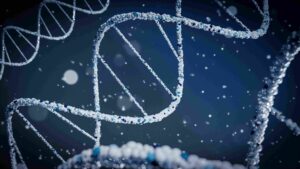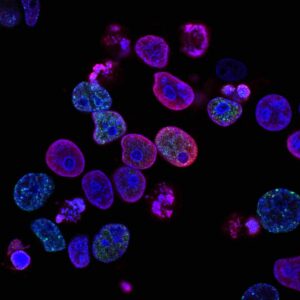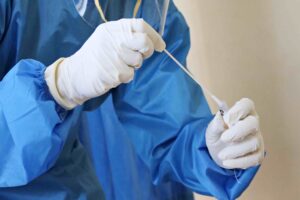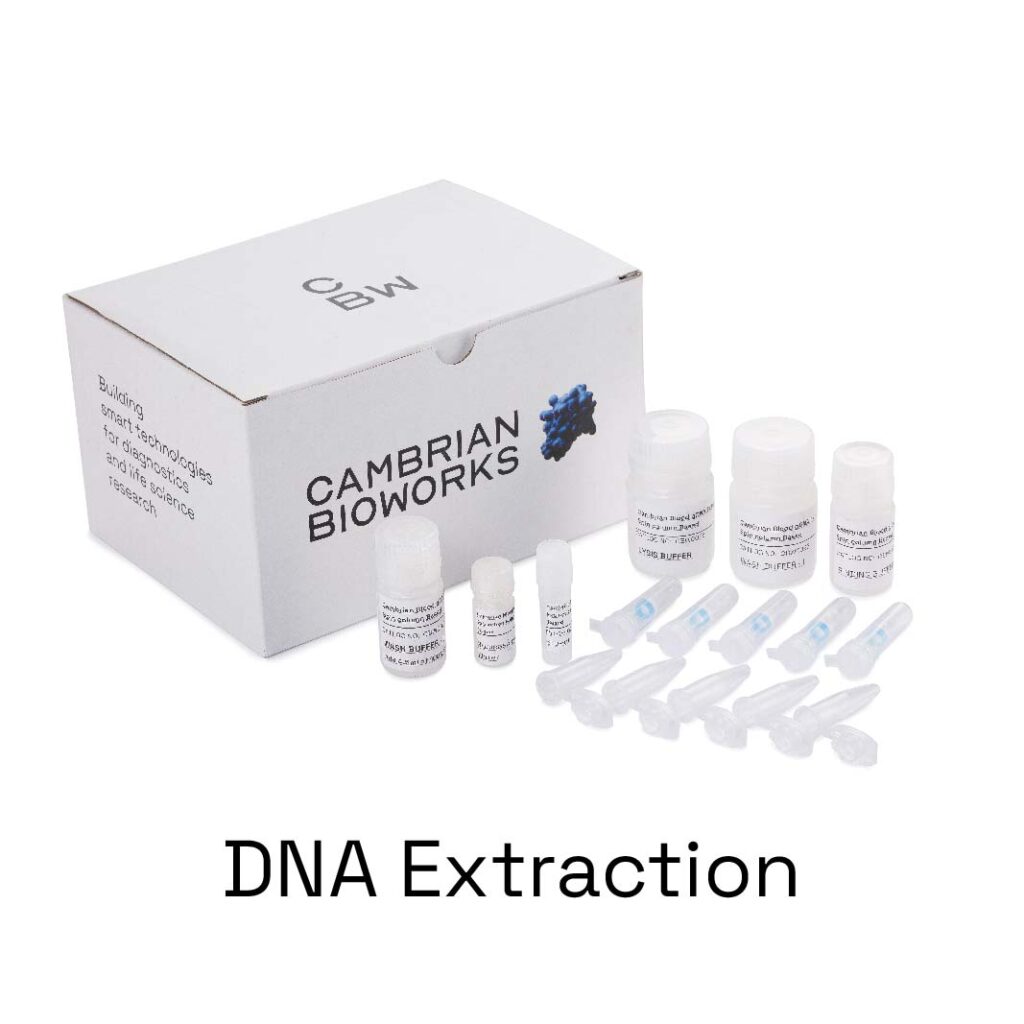DNA Extractions And Its Applications
From the discovery of DNA to deciphering the structure to modifying the ubiquitous nucleic acid for the benefit of the human race, there have been singular advancements in the handling and application of DNA. The carrier of genetic information, DNA is extracted from various sources like blood, tissue, plants, bacteria and virus and purified DNA has played a crucial role in biomedical research. The increasing knowledge of extracted and purified DNA paved the way for effective employment in genetic-based diagnostic tests, vaccines, and pharmacogenomics and is also an emerging field in genetic epidemiology studies.

Oncology Marker Testing
Oncology or tumour marker or biomarker is a biochemical indicator found in the blood, urine or body tissue that indicates the presence of a tumour. They may refer to proteins found in cancer cells or mutations in the tumour’s DNA. Circulating tumour DNA (ctDNA), comprising 200 nucleotides, refers to the DNA that originates from cancer cells and tumours and is usually found in the bloodstream. Extraction of ctDNA can be used to characterise the molecular landscape of the tumour’s DNA using liquid biopsy. This is a simple and less invasive technique to detect and diagnose a tumour, guide tumour-specific treatment, and monitor and check the progress of the treatment. Extracted DNA can be used to predict the chance of recovery or recurrence. Due to advancements in technology in the last 10 years in the field of molecular assays, there have been improvements in tumour genome analysis using ctDNA, in terms of efficiency and sensitivity.

Genetic Disorder Screening
Genetic screening examines the DNA of a person, which reveals mutations in the nucleic acid that contributes to diseases or illnesses. Genetic disorders are caused due to aberrations in the human genome which can be detected by DNA extraction from blood, hair, or other tissues. The amniotic fluid that surrounds the fetus during pregnancy can be taken to sequence the DNA of an embryo, which can test for early genetic disorders. This helps in the treatment of the embryo using gene therapy so that the child that is born is without the genetic disorder.
Infectious Disease Screening
DNA extraction has been applied in nucleic acid amplification which is used to diagnose infectious diseases caused by bacteria, viruses, fungi or parasites like COVID-19, HIV/AIDS, Syphilis, Hepatitis C, etc. The most widely used method for DNA extraction is Polymerase Chain Reaction (PCR) analysis which rapidly amplifies purified DNA from clinical specimens. The intent of the genomic DNA extraction is to separate the genomic DNA from the rest of the cell contents to study it.

Forensic testing (crime scene investigation)
DNA extractions from the crime scene have been widely used in identifying the criminals. One such case is where the DNA was used to identify DeAngelo, an Ex Police Officer as a suspect in the Golden State Killer case . He was involved in some 12 murders and 50 rape cases. He was identified from a sample submitted by a relative to a genealogy website.
Methods Used For DNA Isolation
Cambrian manufactures genomic DNA extraction kits using both spin columns and magnetic bead platforms.
Spin Column Based DNA Extraction:
There are four stages in this method of DNA Extraction namely lyse, bind, wash, and elute. When there is lysis of target cells it results in release of nucleic acid. These in turn binds with silica membrane and all other particles are washed away and thers is elution of purified nucleic acid. Cambrian Spin columns for DNA extraction are manufactured using high quality silica membranes that are of a defined pore size and thickness; ensuring pure high-quality genomic DNA Extraction. CamSpin spin columns are reliable, easy to use and show reproducible data. Our spin columns have been validated for effective binding and extraction of nucleic acids using chaotropic salts.
Magnetic Bead Based DNA Extraction:
DNA Extraction using magnetic beads is one of the simple methods. This method uses selective binding of DNA to the magnetic beads while the other contaminants are left in solution. Separation of DNA can be done manually or automated in 24 or 96 well PCR Plates. Cambrian’s Silica coated super-paramagnetic particles are designed for nucleic acid isolation for a wide range of Diagnostics or RnD applications.
Relevant products:
- Plasmid DNA extraction
- Blood gDNA extraction
- cfDNA extraction
- FFPE DNA extraction

